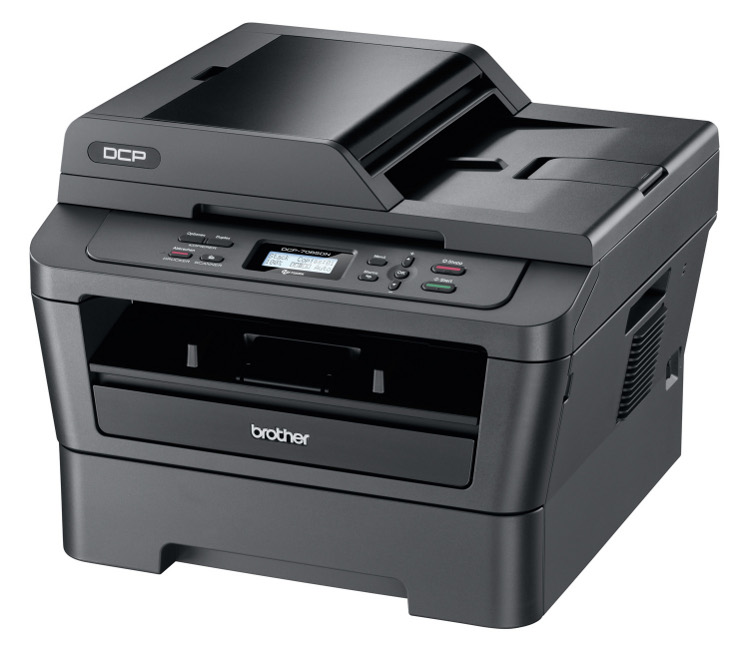Hp 50g Usb Driver Install Fail

May 17, 2015 So i went to check for updates, it found 2 updates for my sound and video cards. The new drivers were downloaded. But failed to install, giving me t. Driver Updates Fail to Install. Install on HP 23-N010 fail!.
Like any computer device, printers need additional software to function in Windows. For hardware devices, this software is generally called a driver.
By default, Windows supports a lot of devices since many drivers are already included in Windows, but many devices still need a separate driver or additional software to operate; for Hewlett-Packard printers, this is also true. HP printer driver packages include a lot of additional software, and not only the actual driver. This enables printer troubleshooting and offers additional printing functionality that is beyond the default Windows functions. As a result, the installation of HP printer driver software is a little more extensive and complex than other average drivers. Some HP printer driver installation packages are in the hundreds of megabytes! The problem we are addressing here is when the installation of an HP printer driver fails, resulting in error messages like “driver fatal install”, or “fatal error during installation”.
Canon Pixma Mp250 Software For Mac here. Further error details can contain file names, error codes, or version mismatches. You can also see the following errors: “ The drivers for this device are not installed (Code 28). To reinstall drivers, click Reinstall Driver. Recreate Adobe Pdf Printer Windows 7 there. ” “ Fatal Error 2753 — MSI.dot4wrp” How to Solve HP Printer Install Errors In most cases, driver installation errors can be solved by simply reinstalling the software again, sometimes a reboot is required before attempting the installation again. But in the case of more complex software like HP printer software, a failed installation can cause all subsequent installation attempts to fail.
The reason is that a failed installation can leave behind locked files, or registry information, which causes the next installation to fail. In these cases, the next step is to first uninstall the previous installation, so that a clean system can be used to reinstall the HP driver software.
The simplest way to do that is to uninstall the HP printer software from the Control Panel ->Uninstall (or Add/Remove programs) option. If, however, the HP printer software installation failed in an early stage, the software might not show up in the Control Panel uninstall list. That means the removal of the failed software will not be possible that way.
The next thing to try in that case is to use a cleanup utility to fix the corrupted registry. Microsoft used to have the Windows Installer Cleanup Utility for this purpose, but due to conflicts with Office 2007, it was replaced by the solution. The Fix It solution will clear bad registry keys that can prevent programs from being installed. Keep in mind that it does not actually remove any files from the failed HP driver installation. Those will simply be overwritten by the next installation. Instead of the Microsoft solution you can also try using a program to, which does not limit itself to installer issues only.
You can use such a program to clean all HP entries from your system before attempting the reinstall. If you are running XP or Vista, it is also possible that that the Windows Installer itself is corrupted. In that case you can simply try to and reinstall that.
If reinstalling the Windows Installer is not possible, try to re-register it: – Open a command prompt with administrator rights. Custom Kube Printer Drivers more. – Type: msiexec /unregister and press Enter.
– After the command completes type: msiexec /register and press Enter again. For HP Officejet printers, HP offers a that can help you remove the HP printer driver for specific models. If the previous steps did not help, and you are using an Officejet, you can download and run this utility. Please check the details, as the utility is limited to specific driver versions. Other steps that can help: – Run a disk cleanup to clear out the temp folders, which are used for temporary installation files.